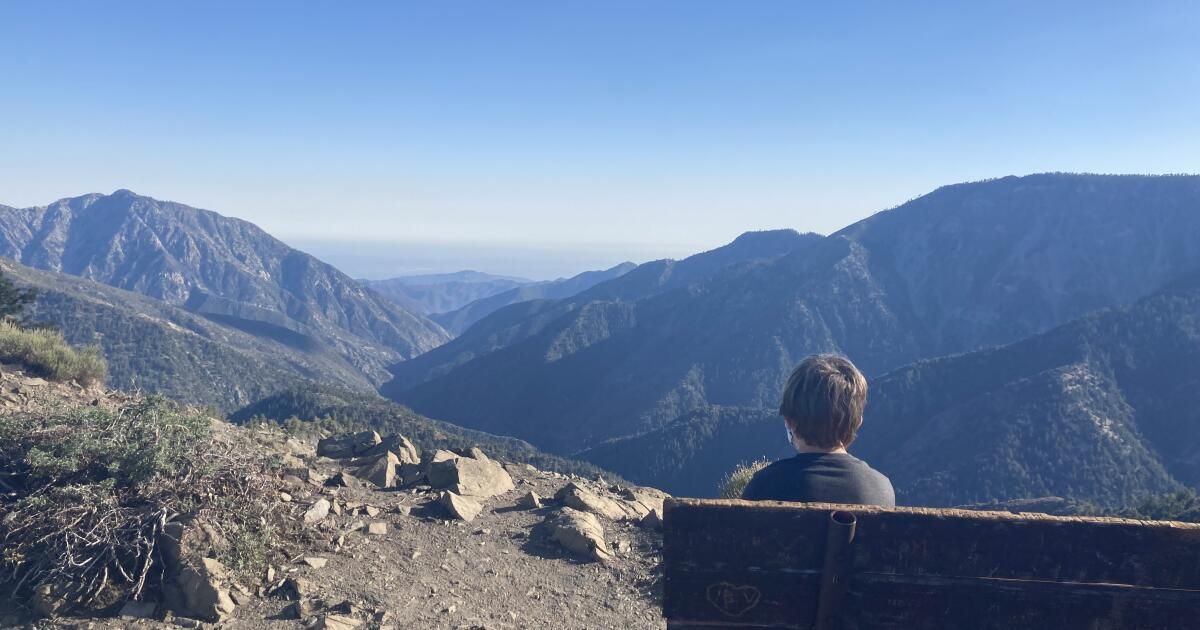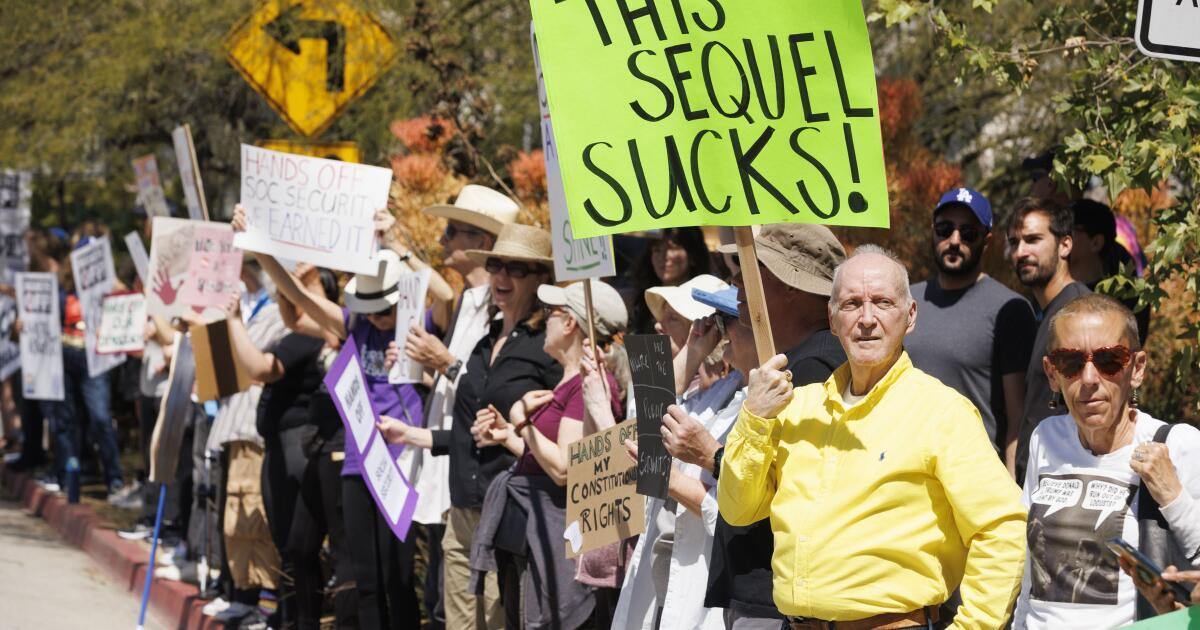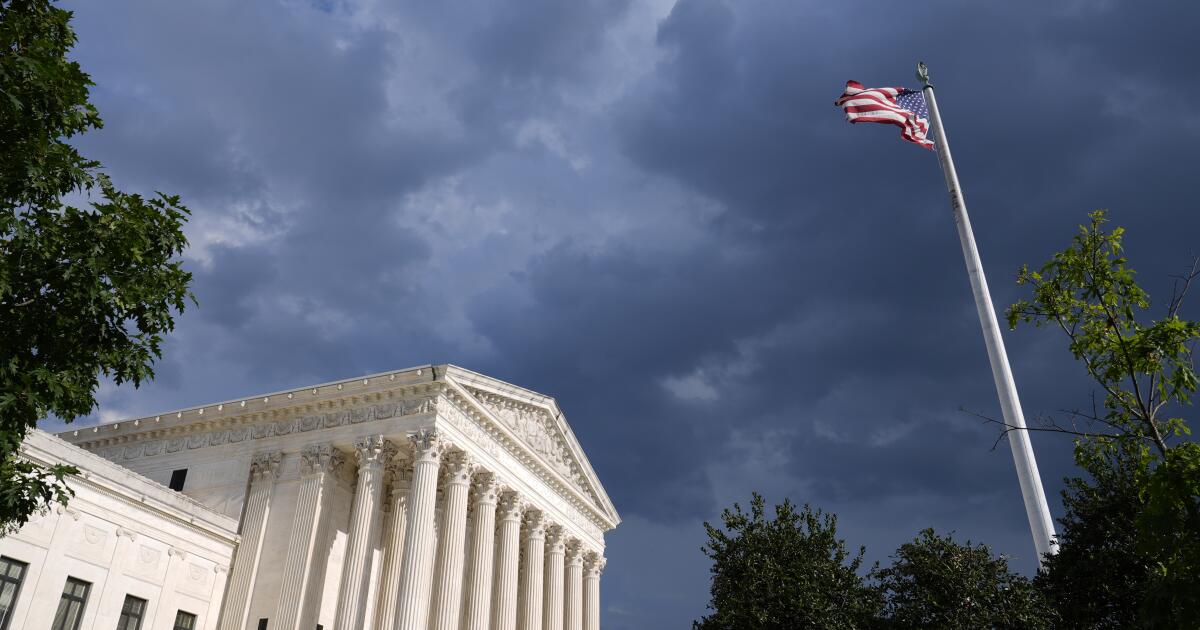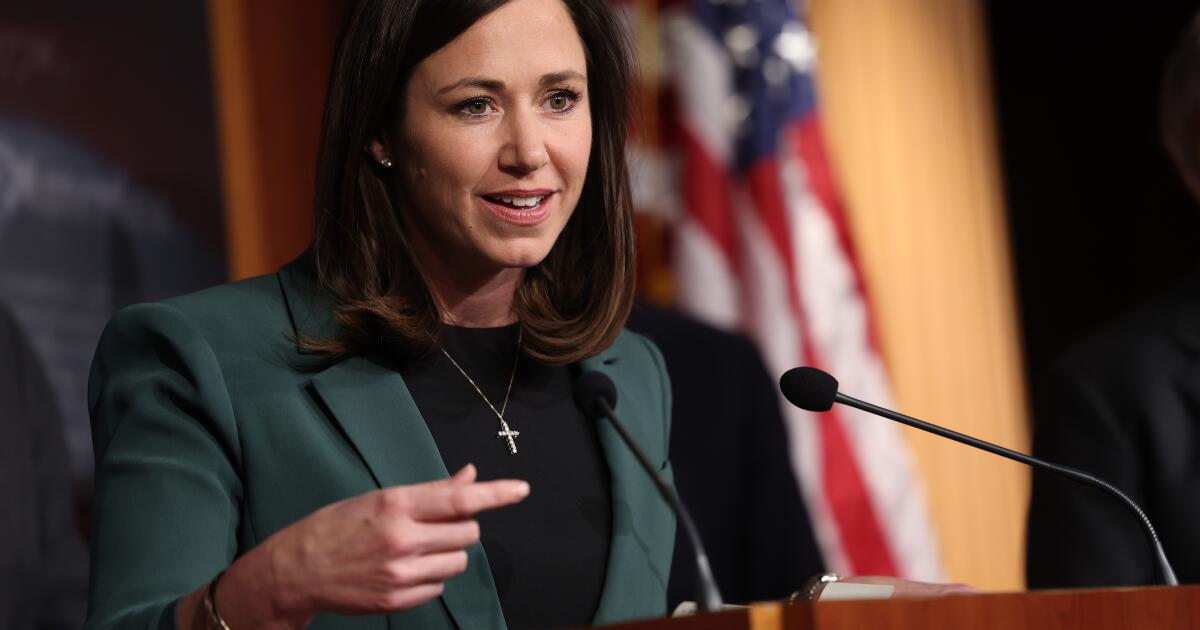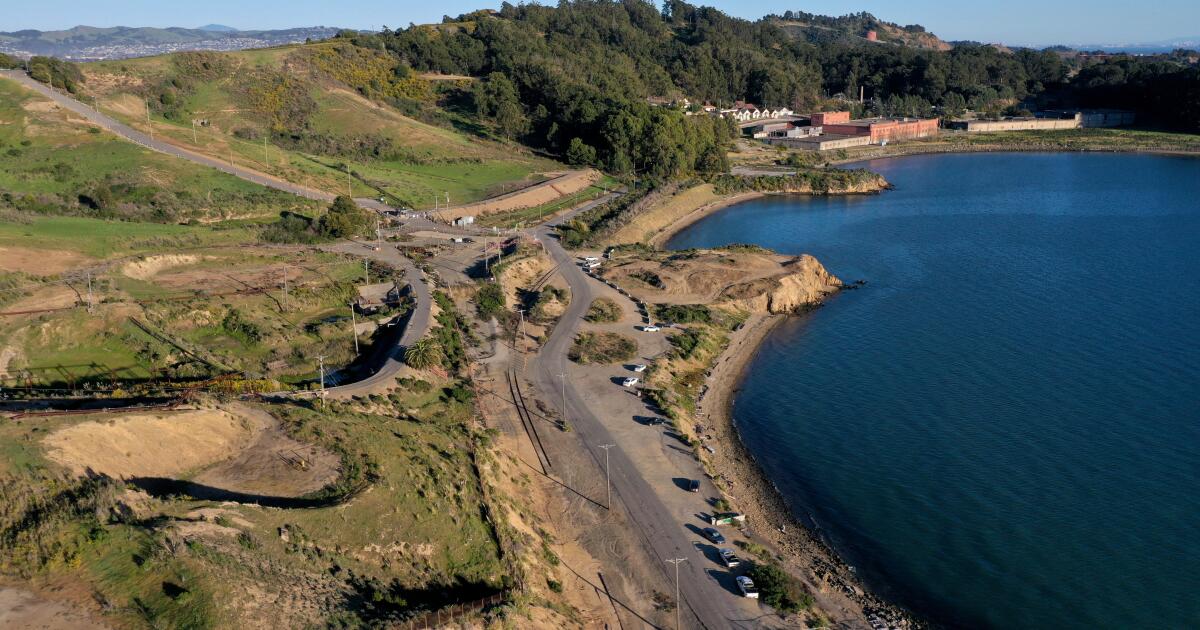Any hiker in Los Angeles knows that sinking feeling.
You stare at the mountains (because that's what we do when we have a moment) and see a dark plume of smoke. Almost instantly you have a good idea of what it is. What trails could be burning? and depending on whether it is hot, dry and the right time of year, whether the fire will eventually come his place.
In 2020, the Bobcat fire I torched some of my family's beloved places in the Angeles National Forest. Now, four years later, the 55,000-acre Bridge Fire is destroying some of our remaining mountain refuges in the area adjacent to Los Angeles, disrupting life in forest communities like Wrightwood and endangering mountain lions, bears, bighorn sheep, frogs and other wildlife.
To say this is heartbreaking is to vastly understate the loss. Imagine if an earthquake destroyed Disneyland or Dodger Stadium: It would be devastating, yes, and, thankfully, rebuildable. But when a mountain forest burns in extreme fires like we’ve seen lately, nature is not likely to rebuild it in my lifetime. The fact that most of these disasters have preventable human causes makes the loss shocking.
Human causes? Although climate change gets the attention, simple human carelessness or malice often lights the first spark, and then drought and extreme heat take over.
Investigators have not determined what caused the bridge fire. But police… Arson suspect arrested in connection with the Line Fire in the San Bernardino Mountains (39,000 acres) and the Airport Fire in Orange County (24,000 acres) caused by a public works crew moving rocks with heavy machinery.
Other major fires have had more innocuous origins. In 2018, the Carr Fire near Redding burned more than 1,000 structures and an area of forest roughly the size of the city of San Diego, killing eight people. That fire started on National Park Service land after a driver's trailer I had a flat tirecausing a tire to scrape the road and throw sparks onto the tinder-dry brush.
There's no argument: Humans pose the clearest and most present fire danger to wildlands. And in the Los Angeles area, about 18 million of us live near more than 2 million acres of government-managed forests.
So this is what the U.S. Forest Service, the National Park Service, and California State Parks should do when conditions are likely to be ripe for a cataclysmic fire: close their forests.
When a huge heat wave hits us… as one did in the face of all the fires burning around us now, and Before the Bobcat fire in 2020and before the Carr Fire in 2018, tell drivers, hikers, hunters and everyone else seeking relief in the mountains: Don't come herebecause it's too dangerous and we don't want you to cause another fire.
This would not be unprecedented. Just before Labor Day weekend 2021, the Forest Service Temporarily closed Almost all of its territory is in California. Although the mountains around Los Angeles were quiet at the time, the rest of the state was experiencing its second-worst fire season on record, second only to 2020, when more than 4% of California’s total land area burned. At a time of extreme danger, the Forest Service wanted to ensure that resources could be used to fight the fires rather than evacuate visitors.
For Southern California and other places that were spared another year of catastrophe, the closure was preemptive. The Forest Service said as much when announced his order“The closure order will also reduce the chance of new fires starting at a time when resources to fight them are extremely limited.”
I don't recommend this preventative measure lightly. Access to public lands is food for the soul of outdoor-loving city dwellers like me, not to mention a right of all Americans. The fact that we in Los Angeles have so much accessible wilderness in our backyard is an immense privilege.
I don't think this can prevent all fires, or even most of them, either. The Line Fire in San Bernardino County has burned mostly Forest Service land, but investigators believe an arsonist started it in an adjacent suburb. Power lines and lightning have also wreaked havoc on our forests.
But forest access management must reflect the The reality of climate changeThat includes telling people to stay outside for a week or two when the foliage is completely dry and another hellish heat wave appears in the weather forecast. We've long had the tools to predict extreme fire danger conditions; it's a shame we don't use those tools to better protect our struggling forests and keep our way of life from going up in smoke.

